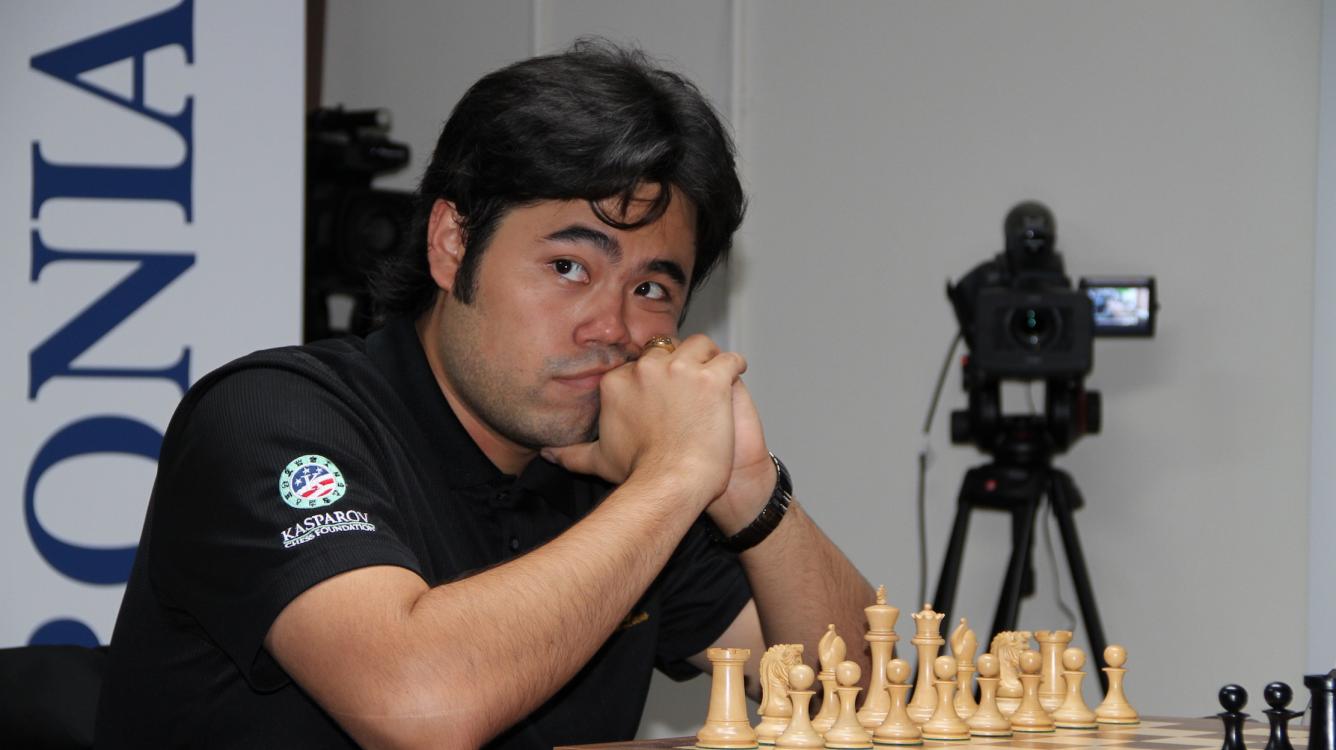
How To Study Master Chess Games
Most chess players like to study games by masters and grandmasters. Indeed, many of these games are real works of art and you can enjoy them immensely. Of course, you can also learn from such games.
I still remember the shock I experienced after I saw the famous "opera game" the first time. As I explained in this old article, it was a true eye-opener for me, an invitation to the magic world of chess!

Paul Morphy via Wikipedia.
Unfortunately, in many cases people forget what they've learned from these games very quickly. I have the following conversation with my students on a regular basis:
Me: Did you watch the U.S. championship games yesterday?
Student: Yes! It was a very cool round!
Me: What did you like the most there?
Student: Nakamura won a fantastic game; he completely annihilated his opponent!
Me: What have you learned from that game? Can you show me something? You don't even need to reconstruct the whole position, just describe the new idea that you've learned.
Student: Well, his rook was somewhere here (points at the whole queenside) and he somehow won his opponent's knight, which was there (points in the direction of the kingside).
As you can see, whatever my student learned (if he learned anything) from that game by Nakamura was completely gone by the next day. It happens because most people just enjoy watching the games of great players, but they don't make connections between these games and their own chess.
But you can fix this problem easily! When you finish analyzing the game, ask yourself a simple question: "What have I learned from this game that I'll be able to use in my own game if the opportunity presents itself?"
Better yet, write your answer in your chess notebook. When you have hundreds of such mini-lessons in your notebook, believe me you are going to be a different, much stronger player!

Let me give you an example. I took a random book from the shelf and it is Rudolf Charousek's game collection. He was a very talented chess player who died at the very early age of 26 from tuberculosis. Even though he participated in tournaments for just six years (1893-1899), his talent was so obvious that the world champion Emanuel Lasker thought that someday he would defend his world title against Charousek.
Some of you might say, "What can I learn from the ancient games of the guy who mostly played gambits if I am a modern player who never played the King's gambit in my life?"
In fact you can learn a lot about all parts of the game!
Say you found the next game in the book:
You might say: "Well, Black played a weird opening then blundered a pawn and White executed a cute little combination 25.Bb4! Overall, there is nothing special in this game."
If this is your answer, then you have missed a bunch of very important chess elements that you could have used in your own games. Let's analyze together.
Why did White play this strange-looking check? Isn't the bishop going to retreat after 7...c6? It almost looks like a beginner's mistake, since inexperienced players love to check in the following position:
But there is a big difference! Black has fianchettoed his bishop already, so by playing c6 he will shut down his own bishop. Therefore, it is a very useful idea to remember. You can use it in many different openings when your opponent has fianchettoed his bishop or about to do it.
Look at the following games where this exact idea was used.
As you can see, after Black played c7-c6 he had to look for another diagonal for the bishop since it would be passive on its usual b7 square. But what would happen if Black played Bd7 instead of c6? The following game answers this question:
Again Black experienced some inconvenience because when he moved his bishop to the long diagonal by playing Bc6, he blocked his own c7 pawn. Therefore, the usual attack of White's center by c7-c5 was not possible anymore!
Now you know how this simple trick works! Before playing Bd3, you first check your opponent with Bb5 to put his pieces in disarray. Here are two more examples from the classical games of Kasparov:
Don't forget that Black can use this idea too!
I am sure that from now on you will never forget this little trick and won't miss a chance to use it in your own games!






